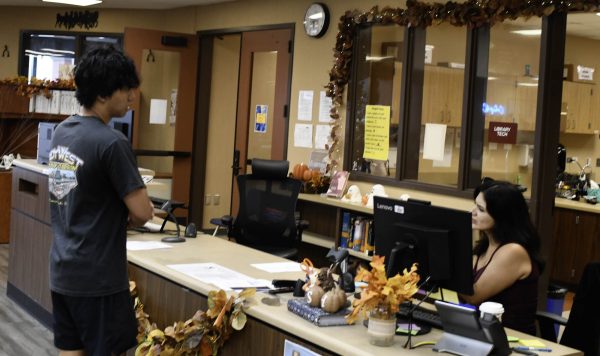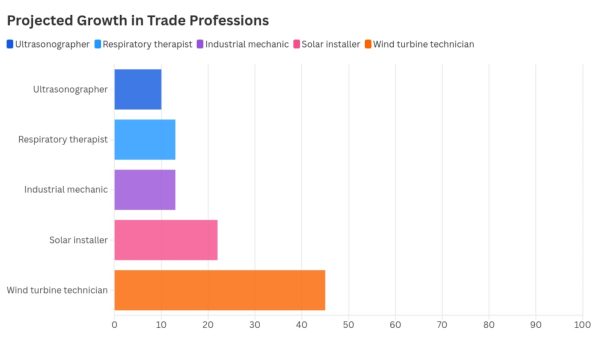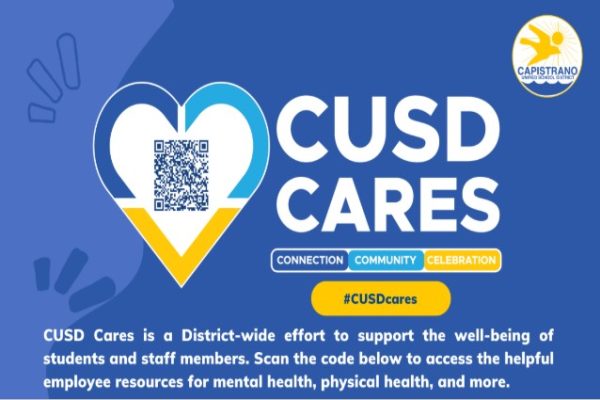Water Use in the US
THIRSTY FOR SOME WATER: After a tiring practice of soccer, Amanda Gould (11), Natalie Blackwelder (10), and Lexi Ortiz (10) decide to hydrate up on some water. Water has become scarce in California due to the drought. Hydration is the main key to keeping in tip top shape when being an athlete.
Water is a necessity of life. On average, the human body consists of 65% water.
Therefore, it requires daily hydration to function properly, particularly eight-ounces of water.
However, water has other uses. We use it to wash, to cook, etc.
Although the rest of California seeks to save water, water use in Brea, La Habra, San Clemente and San Juan Capistrano has dramatically increased since August. These four districts used the most water out of the ten districts in Orange County.
As drought conditions worsen, water restrictions within the U.S are greatly enforced. Warnings of water shortages are spread throughout the nation.
Members of the San Juan Capistrano City Council are encouraged to focus on water conservation. Conservation has become a statewide trend over the years. Suppliers are now required to report to California Water Resources Control Board to ensure water is not wasted or overused.
Over the past year, water use in San Juan Capistrano has increased by more than 3%, which is equal to over one billion gallons. This includes water from sprinklers, dishwashers, faucets, hoses, and other sources.
When water is wasted or overused, officials not only see it as an offense to themselves, but also to the environment. Penalties vary depending on the amount of water wasted.
New laws and restrictions have been put in place to control the overuse of water.
Less than four months ago, the State Water Resources Control Board imposed new restrictions on outdoor water use. They are working towards a ban on hosing down sidewalks, driveways and other hard surfaces. Violation of these laws could lead to a fine of over $500.
Officials hope to drop water waste by 20% with the enforcement of these new laws.
According to the board’s chairwoman, Felicia Marcus, “California is in the worst drought we’ve seen in our grandparents’ generation or beyond.”
“We’ve stopped thinking about how to use water efficiently because we’ve assumed that it would always be there. That no longer is the case,” said Peter Gleick, co-founder and president of Pacific Institute, an organization which works toward a healthier planet and sustainable communities.
Throughout the United States, water wars have commenced, both sides seeking water for the distant future. Attempts to collect usable water include recycled liquid from drains and storm canisters, before it becomes polluted or wasted by outside factors.
Water rights allow users to collect drinking water from ponds, streams, rivers and other various sources of water. In the U.S, the federal government strictly focus on the quality, or purity, of drinking water through the Clean Water Act.
Water rights vary with every nation. Similar to the Clean Water Act, the Safe Drinking Water Act was formed in the U.S to protect and purify public water.
The average American family uses more than 300 gallons of water per day, through dishwashers, washing machines, showers, baths, and other everyday utilities. Roughly 70% of water used is somewhere indoors. The other 30% comes from outdoor uses such as through sprinklers and hoses.
Many facilities are making an effort to save water, however.
Some car washes within the U.S are reported to reuse the water used to wash multiple cars, saving over ten gallons daily. Also, in some cases, water from the sewage system is reclaimed and recycled for multiple uses.
Despite popular belief, Ms.Price of SJHHS doesn’t believe global warming is to blame for the California drought.
“The natural cycle of droughts and floods within California, is just that, natural. These recent showers will help, but not by much,” said Price.
Price suggests further infrastructure and new water laws to help in the current drought.
Within the past couple years, there had been talk of a possible desalination plant in Dana Point but it was shut down by groups such as Not In My Back Yard (NIMBY), who saw the plant as an unattractive addition to the community. The plant was meant to take salt water and desalinate it into fresh drinking water, which could’ve proved efficient in water collection and distribution if given the chance.
States across the nation have either saved or abused the water provided to them. However, no matter where it is found, water is precious and necessary for the survival of all mankind.
Your donation will support the student journalists of San Juan Hills High School. Your contribution will allow us to cover our annual professional memberships as well as equipment and other costs associated with bringing you high quality student journalism.

Brandi Ortiz has always been an intense reader, allowing the worlds of fact and fiction to envelope her heart and mind. She very much enjoys reading, writing,...






